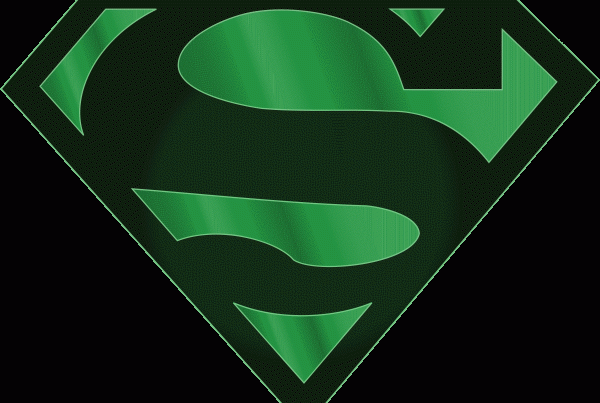
To stay at the top of the game leaders must be on the constant lookout for the latest tools, techniques, and strategies to give their team an edge. That edge is continually expanding and today’s competitive advantage quickly becomes tomorrow’s old news. It’s a never-ending game. You can change the game by shifting your focus to a timeless way of thinking.
It’s as simple as 1-2-3
But it’s not easy. Nothing worth doing ever is. Shifting long held patterns of thinking requires leaders to step back from the details and un-surrendering pressure of the edge to reflect and gain greater perspective. It is a commitment that requires the leader to take an honest look at self and ask deeper, penetrating questions like: “What’s really going on here?” and “What part am I playing?”
Shift #1 … Linear to Systems
We are all programmed to think in a linear fashion. This programming started from a very young age as our brains developed associations between cause and effect. The ability to connect consequences to actions is a necessary requirement for survival. If I touch the hot stove I will burn my hand … if I don’t study I will fail the exam … If I stand up for myself I will get yelled at. The problem becomes when this ability to see cause and effect leads us to quick and easy answers that discount the myriad of contributing factors … Example What caused the bridge to fail?
Shift #2 … Blame to Responsibility
Knowing who’s at fault keeps everyone at ease. Once blame has been established, typically within a single individual on the team or a third-party organization, everyone else is free to move forward without the lingering sting of personal responsibility. Effective leaders carefully avoid the blame game and seek to understand the myriad of contributing factors and deeper roots of a problem, in particular, how they as a leader may have contributed to the problem and/or be delaying its solution. Clarity of responsibility, not blame, provides the foundation for accountability … Example: Who’s fault is it that the bridge failed?
Shift #3 … Content to Process
Leaders usually remain stuck to the extent that they focus only on the content of a problem. In addition to the content, effective leaders also consider the process that produced the problem and how their organization responds to it. In the example of a bridge failure the geotechnical report, bridge design, project management, cost cutting and construction methodology are all content issues. There will be more streams to cross in the future … how will you adjust the process?
In next weeks blog, we will take a deeper dive into Shift #1 – Systems Thinking.





